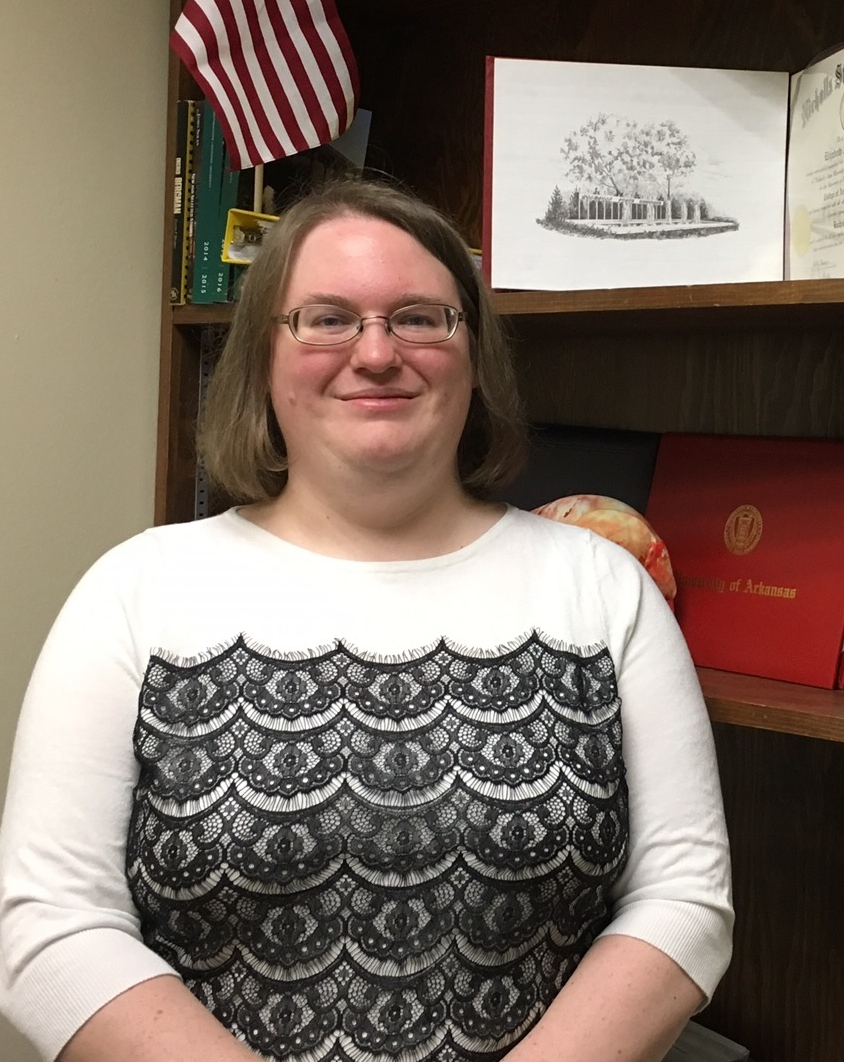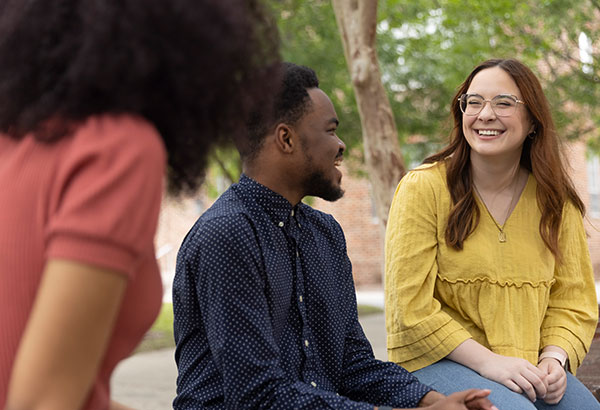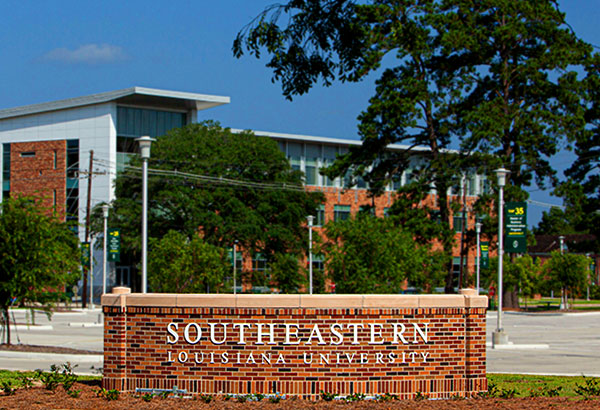Southeastern > Academics > Academic Programs > Experiential Learning > News & Events > Me, Too: Experiential Learning for Instructors
NEWS & EVENTS
More news stories
APRIL 20, 2024Differentiated Instruction Online: Questions and Answers
Aligning Course Practice with "Eight Principles of Experiential Learning"
Me, Too: Experiential Learning for Instructors
Awareness of Risk in Experiential Learning
Understanding Student Fears
FAQs in Online Experiential Education
Me, Too: Experiential Learning for Instructors
T uesday, March 19, 2019
uesday, March 19, 2019
Elizabeth Sanders
LS 102 Coordinator, Reference/Instruction Librarian at Sims Memorial Library, EL Team Member
I’ve been privileged to be an EL team member for the past three years. In that time, I’ve encountered a repeated question. On campus, individuals and people I meet at the National Society for Experiential Education conference ask a surprised: Why is a librarian interested in experiential learning?
I never mind answering this question. As a reference and instruction librarian, I occupy a liminal space on campus. I meet frequently with students and their professors, both in and out of class, both separate and together. Depending on the venue, I help with everything from technological difficulties to specialized instruction and research assistance. That’s all outside of teaching my own LS 102 classes.
Positioned this way, the other librarians and I are constantly involved with student learning. I became interested in experiential learning as a concept because I wanted to further support their experiences. I expected to revise my teaching and course materials, and I have. I didn’t expect that I’d also become better at recognizing my own experiential learning.
One example stands out in particular. Every semester, I teach sessions on using government sources to find statistics for students in NLAB 334. In this course, each student (or pair of students) research one area of a Louisiana community. These areas include business, education, and health, among others. When compiled, each class creates a complete community assessment.
The project is clearly experiential for the students as they directly apply what they learn throughout the course to create this final product. They gain experience with gathering primary data, via interviews and observations, combining it with secondary data to form an analysis, and working collaboratively with various stakeholders (e.g. their classmates, professors, community stakeholders).
Additionally, working with these students has been an ongoing experiential learning opportunity for me. When I first started, I knew almost nothing. I have no formal health or statistical training. I had never used many sources and tools my predecessor identified in her research guide for the class. I struggled to answer student questions fully during our session. I felt overwhelmed and questioned everything.
Sound familiar? It did to me. As an EL team member, I realized I was now in the position of a student. I applied what I knew about experiential learning to my situation.
I wrote down questions I couldn’t answer and explored until I could. I attended webinars to learn more about available sources. I practiced, repeating searches that I demonstrated to students. I began to see which types of information were likely to be published and which needed to be gathered in interviews and observations. I noted sources that were outdated or no longer published and investigated replacements. I figured out better ways to search as I used the tools more. I wrote down particularly hard to find information and began routinely checking new sources to see if I could find it.
As important, I sought feedback from the professors on how to improve my presentation. As our relationship grew, the nursing professors asked me to review research tools recommended in the assignment itself. Looking at what the students used and following their path, it helped me see where they might stumble. Together, we were able to revise them (e.g. removing outdated sources, emphasizing which areas might rely on primary research). I adjusted my research guide and presentation to reflect my new knowledge of the overall assignment as well.
So, why am I, a librarian, interested in experiential learning? Because it enriches the current and lifelong learning opportunities for our students – and me, too.






